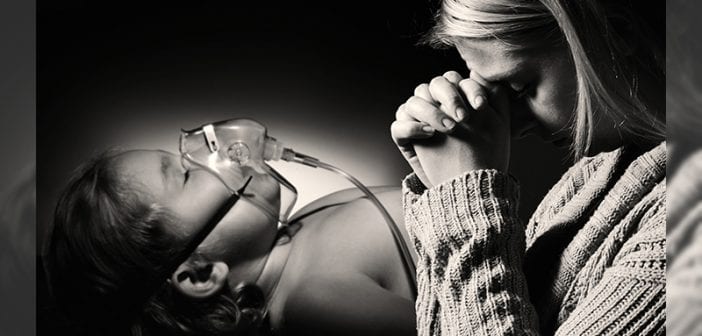Assisted suicide is legal in Canada for adults, and the practice is on the rise. The disturbing implications of these anti-Life policies became clear last month when Toronto’s Hospital for Sick Children revealed plans to implement assisted suicide for patients older than 18 with the possibility of offering suicide to “capable young people” in the near future.
The plans were published in the British Journal of Medical Ethics (BMJ) and represent the position of the University of Toronto’s Joint Centre for Bioethics. The authors consider the paper a “road map” to navigating the “ethical challenges” of imposing assisted suicide on vulnerable hospital patients. The abstract for the article acknowledges that assisted suicide is currently legal only for the small segment of patients at the children’s hospital who are older than 18 but states that “we write our policy with an eye to the near future when capable young people may gain access” to assisted suicide.
Many people have pointed to the slippery slope presented by discussing assisted suicide for children. Although this once would have been unthinkable, now that doctors can actively facilitate and participate in the deaths of Canadian adults, doing the same for children seems to some anti-Life activists like a logical next step. Indeed, assisted suicide groups have been pushing for euthanasia for children for the past year.
Assisted suicide for children is not without precedent. Belgium legalized assisted suicide for children in 2014, and a recent report shows that between 2016 and 2017, three children were killed by assisted suicide. At the time Belgium was considering the shocking anti-Life legislation that endangers child welfare, there was significant international opposition, including from the American College of Pediatrics. Just four years later, the international assisted suicide lobby has gained such significant ground among professional medical organizations that Canadian lawmakers may not face such significant outcry.
The possibility of euthanizing children without parental consent was a uniquely disturbing aspect of the currently theoretical proposal by the Canadian children’s hospital. The paper theorized that because Ontario law does not require parental involvement when a child refuses medical care, if, when assisted suicide is legal for children, a child opted for death by assisted suicide parents would not need to be involved. In this scenario, a child could request death by assisted suicide and potentially also request that parents not be notified until after death.
According to the paper authors:
Usually, the family is intimately involved in this decision-making process. If, however, a capable patient explicitly indicates that they do not want their family members involved in their decision-making, although health care providers may encourage the patient to reconsider and involve their family, ultimately the wishes of capable patients with respect to confidentiality must be respected.
Surprising to no one, this extreme position caused major backlash from Pro-Life and parental rights groups in Canada and around the world. In an apparent effort to perform damage control, a co-author for the controversial paper Adam Rapoport told CTV News, “Those articles that have made it sound like we would do this without parental knowledge — that’s just not how we operate as an organization.” He added, “To think that we would ever do that — I couldn’t even imagine the circumstance.” And yet, as Live Action notes, parental “knowledge” is not the same as parental consent.
According to the Catholic Register, the paper for child euthanasia comes three months before the Canadian Council on Academies is scheduled to give findings to Parliament on expanding assisted suicide in Canada. Specifically, the Canadian Council of Academies is considering the legalization of assisted suicide for children, for patients diagnosed with psychiatric disorders, and for patients suffering from dementia who previously communicated a desire to die by assisted suicide. Belgium and the Netherlands have already legalized assisted suicide in some of these instances, resulting in the shocking cases of assisted suicide for victims of sexual abuse, patients with depression, anorexia, and autism.
Although Rapoport, one of the co-authors of the recent Canadian paper, told CTV News he and his colleagues will “err on the side of caution” when potentially considering if children are capable of choosing to die by assisted suicide, many point out that no child is capable of making such a choice. As assisted suicide expands and more vulnerable patients are pressured to choose suicide, these disturbing papers will likely become more common. The truth remains that patients should be cared for fully, both physically and mentally, and no doctor should be asked to kill a patient, especially not a child.

